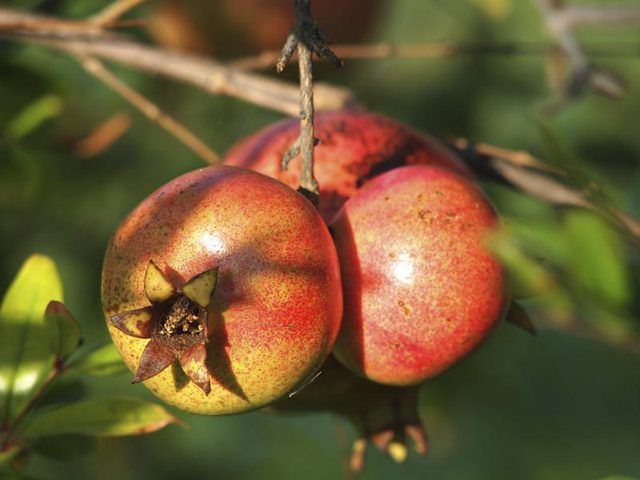Bulbs
Flower Basics
Flower Beds & Specialty Gardens
Flower Garden
Garden Furniture
Garden Gnomes
Garden Seeds
Garden Sheds
Garden Statues
Garden Tools & Supplies
Gardening Basics
Green & Organic
Groundcovers & Vines
Growing Annuals
Growing Basil
Growing Beans
Growing Berries
Growing Blueberries
Growing Cactus
Growing Corn
Growing Cotton
Growing Edibles
Growing Flowers
Growing Garlic
Growing Grapes
Growing Grass
Growing Herbs
Growing Jasmine
Growing Mint
Growing Mushrooms
Orchids
Growing Peanuts
Growing Perennials
Growing Plants
Growing Rosemary
Growing Roses
Growing Strawberries
Growing Sunflowers
Growing Thyme
Growing Tomatoes
Growing Tulips
Growing Vegetables
Herb Basics
Herb Garden
Indoor Growing
Landscaping Basics
Landscaping Patios
Landscaping Plants
Landscaping Shrubs
Landscaping Trees
Landscaping Walks & Pathways
Lawn Basics
Lawn Maintenance
Lawn Mowers
Lawn Ornaments
Lawn Planting
Lawn Tools
Outdoor Growing
Overall Landscape Planning
Pests, Weeds & Problems
Plant Basics
Rock Garden
Rose Garden
Shrubs
Soil
Specialty Gardens
Trees
Vegetable Garden
Yard Maintenance
How to Grow Pomegranate Trees in Containers
How to Grow Pomegranate Trees in Containers. In areas of the United States that experience hard frosts, the best way to grow pomegranate trees (Punica granatum) is in containers. Pomegranate trees are winter hardy in U.S. Department of Agriculture plant hardiness zones 8 through 11, but in colder zones they rarely survive winter outdoors. In...

In areas of the United States that experience hard frosts, the best way to grow pomegranate trees (Punica granatum) is in containers. Pomegranate trees are winter hardy in U.S. Department of Agriculture plant hardiness zones 8 through 11, but in colder zones they rarely survive winter outdoors. In containers, these trees can spend winter indoors and summer outdoors. Pomegranate trees fruit best in areas where summers are long and dry, and have average daytime temperatures in the 90s Fahrenheit. Containers for pomegranate trees must have drainage holes.
Growing in Containers
Pomegranate trees thrive in bright conditions and well-drained potting soil in containers. In spring, when the local average final frost date has passed, place pomegranate trees in containers in a full-sun site outdoors. Before the first frost in fall in USDA zones 7 and colder, or if temperatures are forecast to fall below 10 degrees Fahrenheit in warmer zones, bring the trees indoors and place them in a sunny room where temperatures are no higher than 50 degrees F, away from drafts and direct heat. Placing the trees in their containers on boards with wheels helps to move them easily.
Pomegranate trees grow best in a fertile commercial potting mix. You can also make your own potting mix from 1 part bark or perlite, 1 part peat and 1 part sand.
Watering Pomegranates
Pomegranate trees need regular watering, but overwatering causes problems. The amount of water the trees need depends on their stage of growth and weather conditions. Overwatering creates soggy potting soil, which encourages root rot.
Water pomegranate trees when the soil surface is dry to the touch. Slowly pour water over the potting soil surface until it flows through the drainage holes. There should be a gap of 1 to 4 inches between the potting mix surface and the rim of the containers, to prevent water from overflowing during watering.
These trees need plenty of water during hot, dry weather, but in winter, when the trees have lost their leaves, only a little water is needed to keep the roots moist until new growth appears in spring.
Fertilizing Pomegranate Trees
Pomegranate trees in containers benefit from fertilizer when new growth appears in spring. Apply a slow-release, granular, 12-4-8 fertilizer. The amount of fertilizer needed depends on the width of the containers. Apply 3/4 tablespoon of fertilizer granules if the container is 10 inches wide, and 1 1/2 tablespoons of granules if the container is 12 inches wide. Sprinkle the granules on the potting soil surface. Apply fertilizer every three months, but stop when the trees lose their leaves in fall. Manufacturers' advice varies between products, so follow the instructions on the fertilizer label.
Selecting Varieties for Containers
Pomegranate trees grow up to 20 feet tall and 15 feet wide, but compact varieties are best for container growing. Dwarf pomegranate (Punica granatum var. nana), which is hardy in USDA zones 7 through 11, grows 2 to 4 feet tall and wide. This tree can grow indoors year-round. Provide temperatures between 50 and 60 degrees Fahrenheit during the night while the tree is in leaf, and 40 to 45 degrees F when the tree is bare. Pomegranate "State Fair" (Punica granatum "State Fair", USDA zones 7 through 10) is another pomegranate suitable for containers. "State Fair" grows up to 5 feet tall and produces fruit the size of a silver dollar. This tree grows best in full-sun sites outdoors during summer.